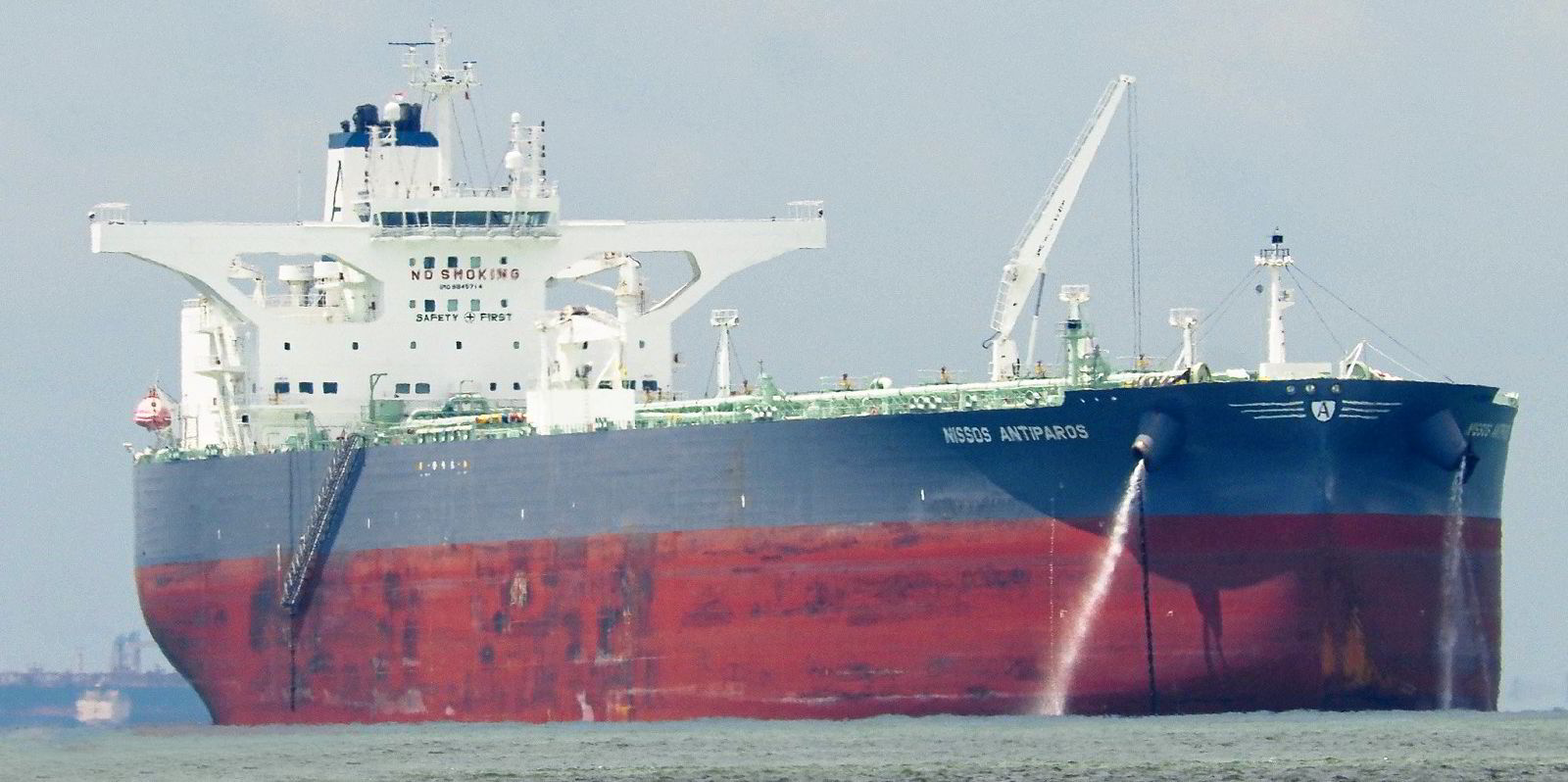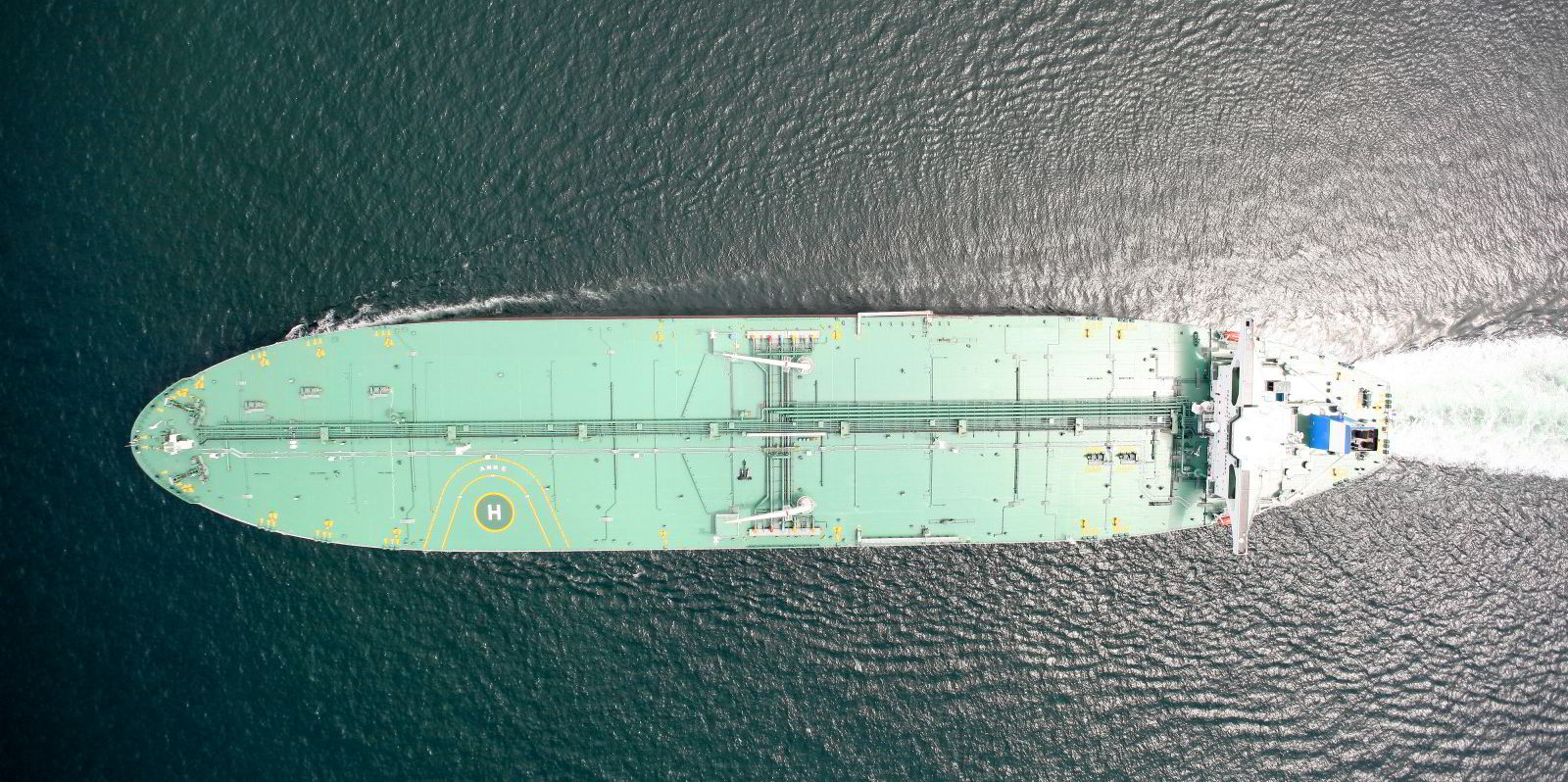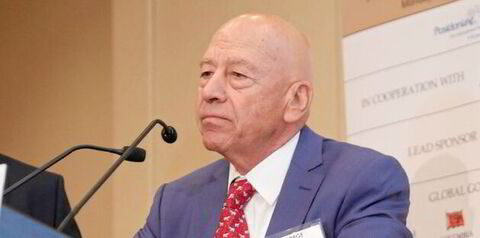Chevron has become the second-largest charterer of tanker tonnage in the first half of 2024, new analysis shows.
The US oil major has moved up from fifth place in 2023 due to an increase in suezmax tanker charter activity, according to Poten & Partners.
Chevron took the top spot in the suezmax segment with 51 fixtures, moving up from the number six spot last year, closely followed by Shell with 48 fixtures and ExxonMobil with 47.
In the aframax segment, Chevron also took the top spot with 74 fixtures during the first six months of 2024.
French oil major Total, with 62 fixtures, moved up one spot to second, while PTT gained three positions to end third with 59 aframax fixtures so far this year.
Polish oil refiner PK Orlen entered the top 10 aframax charters this year, replacing Russian pipeline imports with over 50 charters.
Unipec, the trading arm of Chinese oil major Sinopec, remains the undisputed tanker chartering king despite weaker Chinese oil demand growth.
“Not unexpected, Unipec remains by far the largest charterer, even though the Chinese economy and oil demand growth is still below the trend of previous years,” said Poten.
“We recorded 8.7% less volume for Unipec spot fixtures, while the total number of reported fixtures increased by 3.5% compared to the first half of 2023.”
Overall, there were 3,847 dirty spot charters in the first half of 2024, with the top 20 charterers accounting for 2,123 fixtures, Poten said.
Unipec maintained its position at the top of the VLCC segment, despite a decrease in its number of VLCC fixtures from 369 in the first half of 2023 to 344 in the first six months of this year,” Poten said.
Brazilian oil major Petrobras moved up from sixth position to second with 52 VLCC fixtures so far this year, reflecting their oil production growth.
Shell and India Oil Corp share the third position, with 43 fixtures each. Overall, the number of reported VLCC spot fixtures increased slightly to 1,576 this year versus 1,561 for the same period in 2023.
Poten said the oil tanker markets are still largely driven by the Russian invasion of Ukraine and related sanctions and by the Red Sea crisis caused by Houthi attacks on ships.
“Fixtures related to Russian trades are usually not reported in the market but represent substantial volumes,” Poten said.





